
Space images primary resource
Check out these eight awesome images taken from outer space!
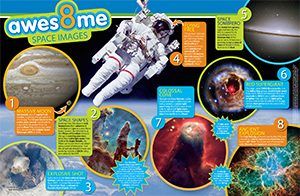 This Science primary resource gives children the chance to examine spectacular photographs of our solar system and beyond, taken from space. In what year did Bruce McCandless II perform the first ever untethered spacewalk? Where was the photograph of the 2009 Sarychev Peak eruption taken from? The Hubble Space Telescope is orbiting at what distance above the Earth?
This Science primary resource gives children the chance to examine spectacular photographs of our solar system and beyond, taken from space. In what year did Bruce McCandless II perform the first ever untethered spacewalk? Where was the photograph of the 2009 Sarychev Peak eruption taken from? The Hubble Space Telescope is orbiting at what distance above the Earth?
Pupils will have the opportunity to consider Earth’s place within the Solar System and the Universe in our National Geographic Kids’ Space images primary resource sheet.
The teaching resource can be used in study group tasks, as a printed handout for each pupil, or for display on the interactive whiteboard.
Activity: Ask children to imagine they are going on a journey into space. Using the resource, their own research and their imaginations, ask them to draw a picture of what they might see. Pupils could use their own research to write a detailed factsheet about their favourite space image from the resource. Pupils could use the information to make their own space travel booklet or scrapbook around the photographs.
N.B. The following information for mapping the resource documents to the school curriculum is specifically tailored to the English National Curriculum and Scottish Curriculum for Excellence. We are currently working to bring specifically tailored curriculum resource links for our other territories; including South Africa, Australia and New Zealand. If you have any queries about our upcoming curriculum resource links, please email: schools@ngkids.co.uk
This Science primary resource assists with teaching the following Upper Key Stage 2 Science (Year 5) objectives from the National Curriculum:
Pupils should be taught to:
- describe the movement of the Earth, and other planets, relative to the Sun in the solar system
Pupils should learn that the Sun is a star at the centre of our solar system and that it has eight planets: Mercury, Venus, Earth, Mars, Jupiter, Saturn, Uranus and Neptune (Pluto was reclassified as a ‘dwarf planet’ in 2006).
This Science primary resource assists with teaching the following Sciences Second level objectives from the Scottish Curriculum for Excellence:
- By observing and researching features of our solar system, I can use simple models to communicate my understanding of size, scale, time and relative motion within it.
Scottish Curriculum for Excellence Sciences Third level objectives:
- By using my knowledge of our solar system and the basic needs of living things, I can produce a reasoned argument on the likelihood of life existing elsewhere in the universe.
Scottish Curriculum for Excellence Sciences Fourth level objectives:
- By researching developments used to observe or explore space, I can illustrate how our knowledge of the universe has evolved over time.
Download primary resource
More Like
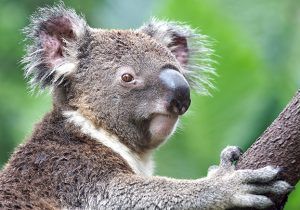
10 facts about koalas!
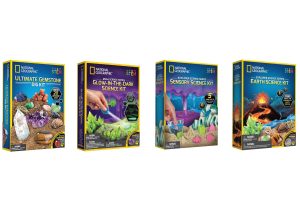
SUPER-SIZED SCIENCE KITS
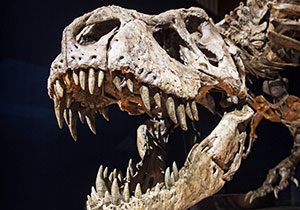
10 terrifying T. rex facts!
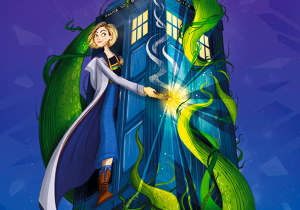









LEAVE A COMMENT
THANK YOU
Your comment will be checked and approved shortly.
WELL DONE,
YOUR COMMENT
HAS BEEN ADDED!
COMMENTS
CUSTOMIZE YOUR AVATAR